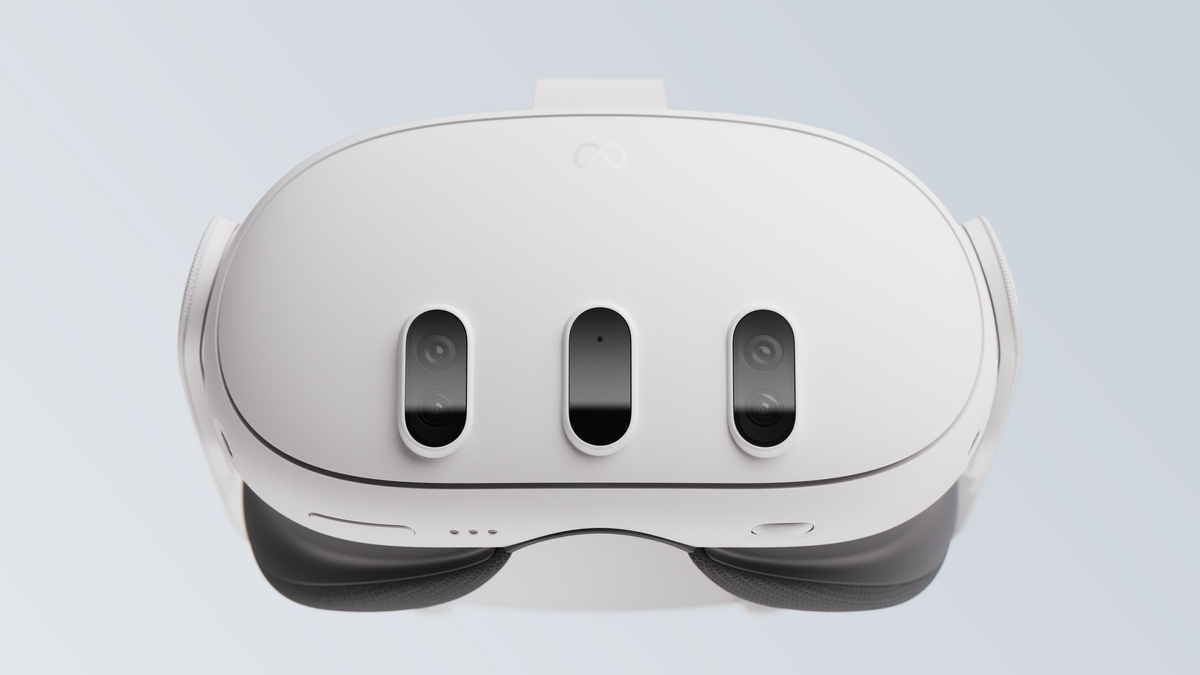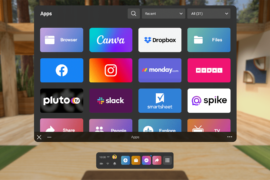A developer figured out a clever way to access Quest 3’s passthrough cameras to run custom computer vision models.
Meta does not allow third-party developers to access the cameras of Quest headsets, but Michael Gschwandtner, the co-founder and lead developer of the hand tracking fitness app XRWorkout, posted a video to social media platforms showing the results of an interesting workaround to this restriction.
0:00
The demo video shows the open-source MobileNet V2 object detection model running natively on Quest 3 at 0.75 Hz. This was chosen for practicality, rather than for performance reasons.
Gschwandtner sent UploadVR a test build and we independently verified that this is real and works. He also exclusively revealed to UploadVR how exactly he pulled it off.
How It Works
Gschwandtner’s app build creates a webview, a Chromium web browser instance embedded within the app, which automatically loads the oculus.com/casting URL which Quest headsets can cast their view to.
You then need to go through the full process of logging into your Meta account in this webview. Once you’re done, you use the Quest system menu to initiate web casting. Uniquely, you’re casting from the headset to an app inside the same headset, not to a different device.
Gschwandtner’s app then samples the pixel content, the rendertexture, of the webview receiving the casted view, and from there can do with it whatever he likes. In the demo example, he’s using Google’s MediaPipe on-device SDK.
A key limitation here is that the view will include virtual objects and interfaces too, not just the camera view, meaning it will only work when most of the image is passthrough. But Gschwandtner claims he has a “plan” for a workaround for this.
What Happens Next?
It’s unclear how Meta will respond to Gschwandtner’s discovery. It’s possible the company could make this technique inoperable in a future version of Quest’s Horizon OS. Gschwandtner’s social media posts include a public request to “hop on a call” with Meta CEO Mark Zuckerberg or CTO Andrew Bosworth to “show them” the technique.
Last month Bosworth gave his thoughts on the idea of intentionally giving Quest developers access to the passthrough cameras during an interview, saying Meta will “keep looking at” the issue.

In comparison, for its Vision Pro headset Apple only gives raw access to enterprise companies, and only for non-public internal apps.






